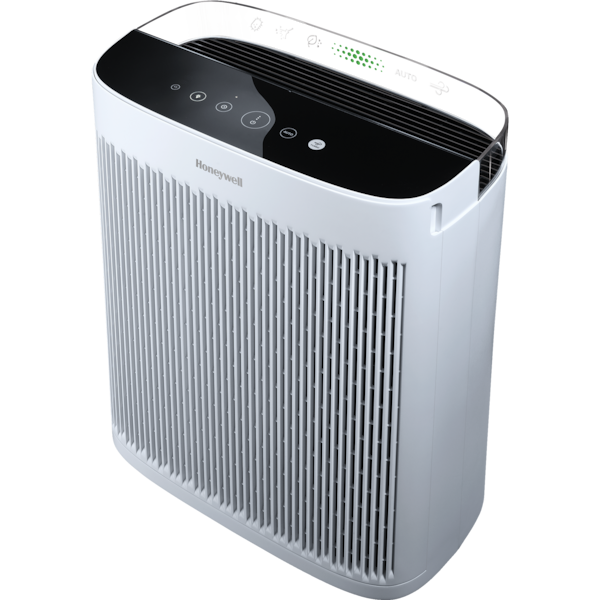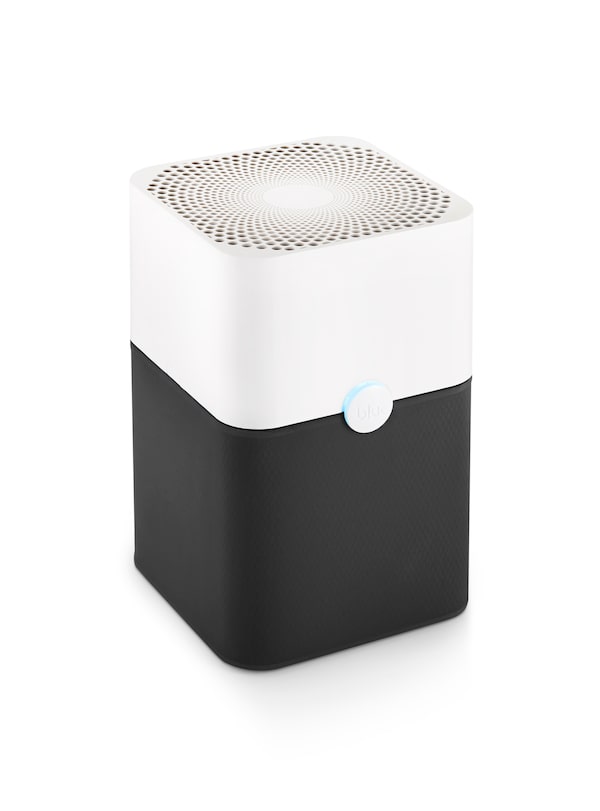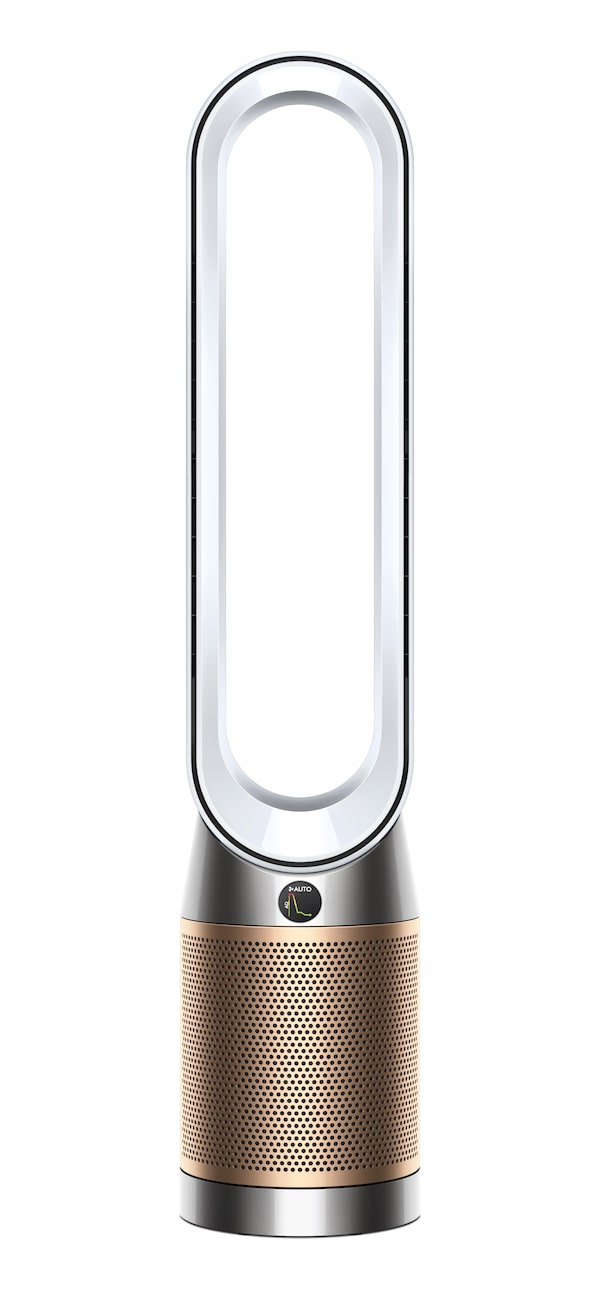Room air purifiers can help improve the indoor air quality in your home by removing contaminants like smoke, dust and pollen. Some can also reduce airborne SARS-CoV-2 viral particles, adding a layer of protection for indoor gatherings at a time when many of us are starting to entertain again.
For filtering viruses, the U.S. Environmental Protection Agency recommends portable air cleaners that are the right size for the room or area, and have either a high-efficiency particulate air (HEPA) filter, a high clean air delivery rate (CADR) for smoke, or can filter (very small!) particles in the 0.1-1 micron size range. Closer to home, Public Health Ontario recommends air cleaners with a “high efficiency particulate air (HEPA) filter or a filter with a minimum efficiency rating value (MERV) of ≥13.”
But, generally speaking, any air-cleaning device that is meant for filtering particles, such as fine particulate matter and volatile organic compounds, will help remove COVID-19 aerosols. “Essentially, all the air purifiers you would buy have sufficiently efficient filters that the aerosols containing COVID will be captured by those filters, if that air is actually running through the purifier,” says Steven Rogak, a professor in mechanical engineering at the University of British Columbia who specializes in aerosol mechanics. “In other words, if some air containing droplets and aerosols, smaller particles containing the COVID virus, are taken in by that air purifier, it’s going to do a very good job of removing them – I’ve never seen any exception to that.”
Instead of focusing on whether a specific air purifier has a HEPA filter or a PM2.5 filter (made for particulate matter 2.5 microns and under), Rogak suggests looking for one in your budget with the largest air-flow rate or largest capacity. “COVID viruses are always contained on particles that are well above the smallest sizes ... that HEPA filters are designed to remove,” says Rogak. “The big issue, then, is whether the air gets channelled through the purifier before you have a chance to inhale it.” He also adds that, in addition to running an air purifier during your next gathering, it’s always helpful to improve ventilation and get fresh air into your space by opening windows and doors, if conditions allow.
With portable air purifiers, you’ll want to shop with a specific room size in mind. For a bigger room or an open-concept space, for example, you would need a machine with a higher CADR value. “It is the key metric of how much clean air is produced by the air purifier and, in reverse, how quickly you can clean the air in the room,” says Marc Gottlieb, an air-purification expert at Blueair. In general, the higher the CADR, the better the unit’s ability to clean the air. A rule of thumb is to look for a CADR number that’s at least two-thirds the size of your room’s area.
Beyond the CADR rating, “it’s really important to also look at what type of pollutants you are, as a customer, interested in removing” outside of viruses, says Gottlieb. For example, some Blueair units are designed to remove gases and odours from the air, while others specifically target dust. You’ll also want to consider whether you need an air purifier with more advanced features, such as Wi-Fi connectivity and mobile-app control, or would prefer something simpler and easier to operate.
Finally, Gottlieb suggests looking for room air purifiers that are included in the AHAM Verifide program: They are all labelled with a CADR value and recommended room size, and a third-party lab has verified each model’s performance.
Three well-designed air purifiers for your home

Honeywell HPA5250WC, $299.99

Blueair Blue Pure 211+, $314.99
